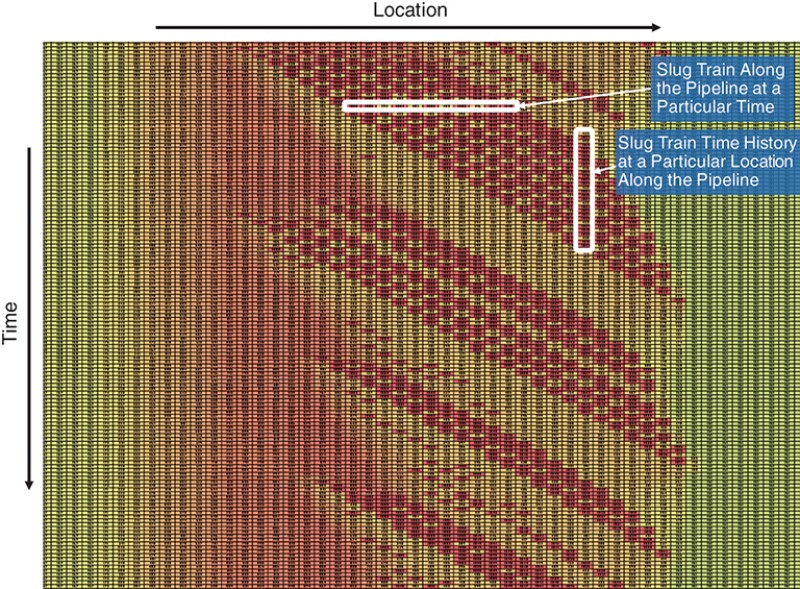Free spans exist in subsea multiphase pipelines laid over undulating seabed profiles or across continental scarps for offshore field developments. Slug-flow-induced fatigue damage on the free spans can have a significant effect on project economics. Slug-flow assessments can prove time-consuming. The complete paper describes an integrated iterative approach between the flow-assurance and pipeline-engineering disciplines to streamline the work flow based on the value or cost associated with changes in input parameters that affect pipeline fatigue-assessment outcomes.
Slug-Flow Assessment Work Flow
The complete paper further details key goals for each step.
Step 1: Plan Project Slug-Flow Design Requirements. Key to this step is to create a close interface between flow-assurance and pipeline engineers to discuss and align overall timing, critical decisions, and hold points that are required as part of the slug-flow assessment and any specific project-design considerations.
Step 2: Execute Slug-Flow-Prediction Assessment.


